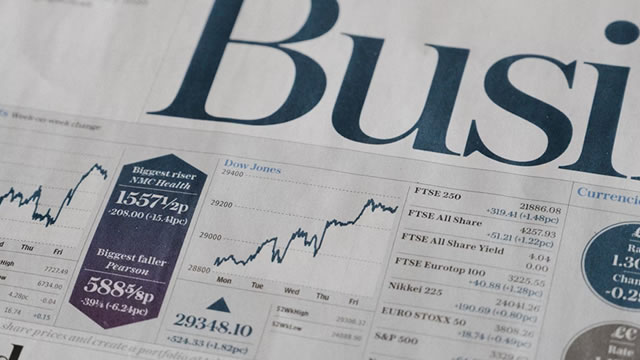The Federal Reserve’s Decision: A Closer Look
Last month, the Federal Reserve made a significant decision to slow down the pace of its balance sheet drawdown. This move, which was supported by nearly all participants at the two-day meeting, came as a surprise to many in the financial world. However, not all participants saw a compelling case for this decision.
Background
For those unfamiliar, the Federal Reserve’s balance sheet is the sum total of all the assets and liabilities held by the central bank. The balance sheet expansion that occurred following the 2008 financial crisis was a key tool used by the Fed to inject liquidity into the economy and stabilize financial markets. The balance sheet drawdown, which began in 2017, was intended to normalize monetary policy and reduce the size of the Fed’s balance sheet.
The Meeting’s Minutes
The minutes of the Fed’s most recent meeting, released on Wednesday, provided insight into the rationale behind the decision to slow down the pace of the balance sheet drawdown. According to the minutes, several participants expressed concern about the potential negative effects of a faster drawdown on financial markets and the economy.
Impact on Financial Markets
One of the primary concerns raised by participants was the potential impact on financial markets. Some believed that a faster drawdown could lead to increased volatility and potentially disrupt the smooth functioning of markets. Others argued that a slower pace would help maintain market stability and reduce uncertainty.
Impact on the Economy
Another concern raised during the meeting was the potential impact on the economy. Some participants believed that a faster drawdown could lead to a tightening of financial conditions, which could in turn slow down economic growth. Others argued that the economic outlook was strong enough to withstand a faster drawdown.
Diverging Opinions
Despite these concerns, not all participants saw a compelling case for a slower pace of balance sheet drawdown. Some believed that the economy was strong enough to withstand a faster drawdown, while others argued that the potential risks outweighed the benefits.
What Does This Mean for Me?
For individual investors and consumers, the impact of the Fed’s decision to slow down the pace of its balance sheet drawdown may not be immediately apparent. However, it could have longer-term implications for financial markets and the economy as a whole. If the Fed’s decision helps maintain market stability and reduce uncertainty, it could be a positive sign for investors. However, if it leads to increased volatility or a tightening of financial conditions, it could negatively impact investors and consumers alike.
What Does This Mean for the World?
The impact of the Fed’s decision on the global economy is also uncertain. Some analysts believe that a slower pace of balance sheet drawdown could help support global economic growth, while others argue that it could lead to increased volatility in financial markets and potentially disrupt global trade flows.
Conclusion
The Federal Reserve’s decision to slow down the pace of its balance sheet drawdown was a significant one, with implications for financial markets and the economy both domestically and globally. While the rationale behind the decision was supported by nearly all participants at the two-day meeting, not all saw a compelling case for the move. As the impact of this decision unfolds, investors and consumers alike will be watching closely to see how it affects financial markets and the economy.
- The Federal Reserve’s balance sheet drawdown, which began in 2017, was intended to normalize monetary policy and reduce the size of the Fed’s balance sheet.
- During the most recent meeting, several participants expressed concern about the potential negative effects of a faster drawdown on financial markets and the economy.
- Impact on financial markets: Some believed that a faster drawdown could lead to increased volatility and disrupt the smooth functioning of markets. Others argued that a slower pace would help maintain market stability and reduce uncertainty.
- Impact on the economy: Some participants believed that a faster drawdown could lead to a tightening of financial conditions and slow down economic growth. Others argued that the economic outlook was strong enough to withstand a faster drawdown.
- Impact on me: For individual investors and consumers, the impact of the Fed’s decision may not be immediately apparent. However, it could have longer-term implications for financial markets and the economy as a whole.
- Impact on the world: The impact of the Fed’s decision on the global economy is uncertain. Some analysts believe that it could help support global economic growth, while others argue that it could lead to increased volatility in financial markets and potentially disrupt global trade flows.





